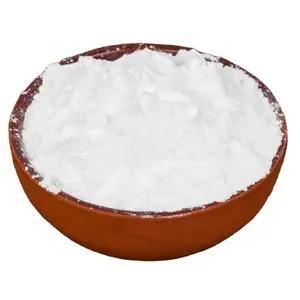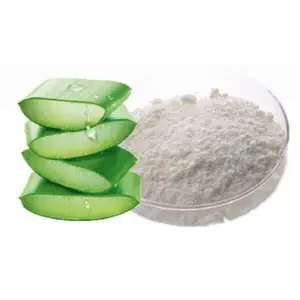What’s Urolithin A Powder?
Urolithin A Powder is a metabolite compound resulting from the transformation of ellagitannins by the gut bacteria.It belongs to the class of organic compounds known as benzo-coumarins or dibenzo-α-pyrones. Its precursors – ellagic acids and ellagitannins – are ubiquitous in nature, including edible plants, such as pomegranates, strawberries, raspberries, and walnuts. Since the 2000s, urolithin A has been the subject of preliminary studies regarding its possible biological effects. Urolithin A Powder is not known to be found in any food source. Its bioavailability mostly depends on individual microbiota composition, as only some bacteria are able to convert ellagitannins into urolithins. Urolithin A belongs to the class of organic compounds known as benzo-coumarins or dibenzo-α-pyrones. These are polycyclic aromatic compounds containing a 1-benzopyran moiety with a ketone group at the C2 carbon atom (1-benzopyran-2-one).
Where to buy Urolithin A Powder?
IdoBio is the leading manufacturer and supplier of natural ingredients. Pure urolithin powder and bulk urolithin A powder are both available. If you want to buy Urolithin A powder with purity up to 95%, please don’t hesitate to leave a message below to get a quote immediately. Technical documents such as certificate of analysis (COA), MSDS (Material Safety Data Sheet), specification sheet, Method of Analysis (MOA), etc. are obtainable upon your specific request.
| Product Name | Urolithin A Powder(UA) |
| CAS | 1143-70-0 |
| Specification | HPLC≥98% |
| Chemical Formula | C13H8O4 |
| Appearance | White to Beige Fine Powder |
| MOQ | 10G |
| Shelf Life | 24 Months |
| Product Name | Urolithin B (UB) |
| CAS | 1139-83-9 |
| Specification | HPLC>97% |
| Chemical Formula | C13H8O3 |
| Appearance | White to Beige Fine Powder |
| MOQ | 10G |
| Shelf Life | 24 Months |
Urolithin A Powder Food Sources:
Urolithin A Powder is not known to be found in any dietary food source at present. However, you are able to get endogenously Urolithin A by digesting ellagitannins and ellagic acid-rich foods, which are dietary polyphenols found in various fruits and berries, nuts, muscadine grapes, oak-aged wines and spirits, such as pomegranates, blackberries, camu-camu, strawberries, raspberries, walnuts, hazelnuts, acorns, chestnuts, and pecans, etc.





Reviews
There are no reviews yet.